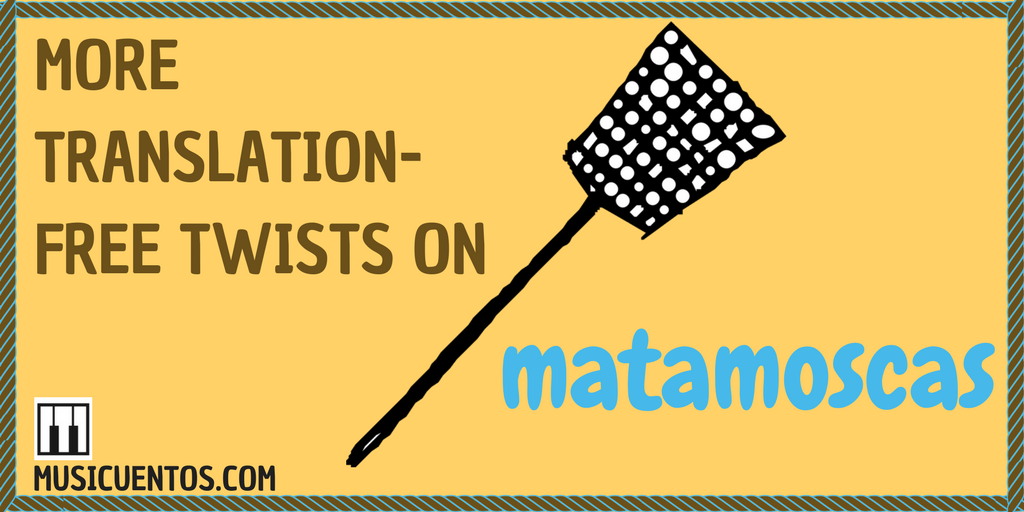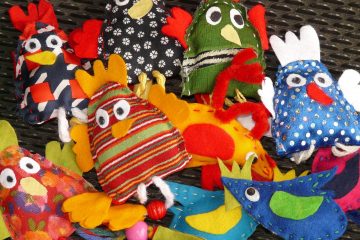My class has an infection right now, and it’s called translation.
It’s no secret I am not a huge fan of translation as the go-to method of checking comprehension, though I’ve moderated my stance on this over the years (especially for interpretive assessments), and lately I’m remembering why.
I’ve based four out of the last five semester-long units on learner novels. (I see my novice students once a week so a 16-week unit makes sense for us.)
Huge pro: I’ve gotten a lot of my sanity (and Thursday-night sleep) back due to much easer unit and lesson planning.
Huge con: In the large chunk of my class that’s taken up with exploring the current chapter, I’ve been resorting to my least favorite tool in comprehension checks way too often. Translation is infecting our classroom. Which means we expect more English, we wait for English, we’re getting lazy.
Infections rarely clear up in a day, and it’s still a struggle to figure out how to be 100% sure of comprehension without translation, or whether I need 100% certainty, but I’ve been working on ways to help us get back to more TL and less translation. Those have included using my timer with activities like Linguacafé related to the novel content or a gallery walk reviewing the novel (post coming soon). And of course, games. Games like Story Dice (my twist on this also coming soon) and Matamoscas.
But wait… isn’t Matamoscas… a translation game? Not anymore!

Matamoscas isn’t a new idea. Briefly, it’s the Spanish version of a game called flyswatter, in which some words or pictures are projected, and teams race to be the first to “swat” the one that fits whatever the teacher called out. In its simplest form in the world language classroom, you project words in one language on the board. Call out an English word, and the next person on each team races to be the first to swat the translation. But there are simple ways to make this less translation-focused as well as incorporating higher-order thinking, even at the early levels.
Let me start with a few great ideas shared by my very creative friends over at the Creative Language Class, Megan and Kara. Click the link for sure, but among their recommendations you’ll see:
- Categories: This is the most straight-forward and useful way to keep Matamoscas in the TL. (I’d argue all the ways I’ve seen to tweak Matamoscas are essentially categories except the description example below.) You project/post categories, call out a TL word, and learners race to smack the category it fits in. For a great example from a commenter on that post, show the words for the seasons, and then you can call out words for foods, clothing, weather, activities- you can see the possibilities!
- Comparisons: A simple twist on categories: this time, the categories are countries, holidays, music genres, etc., to steal Kara and Megan’s ideas. You have the native culture, a target culture, and “both.” Call out features of any kind, and learners swat the culture they typically represent.
- Descriptions: Post a few pictures or words, and then describe one in the TL. I love Kara and Megan’s tip to have learners write the descriptions themselves. I’m guessing this is a day-before or preview activity.
I also love their suggestion to make it a stations activity.
Recently, I’ve tweaked the Matamoscas idea. Here are some of my ideas on how to keep the game effectively in TL.
- Circumlocution categories: Accuracy is not a learner’s best weapon against incomprehensibility. Circumlocution is (with pronunciation training maybe a close second). First, check out my post(s) on lesson plans to teach circumlocution in early novice classes. Then, play Matamoscas with the categories, such as “thing,” “person,” or “place.”
- Location categories: Post words that give locations, such as rooms of the house. Call out TL words for furniture and they’ll slap the room it’s typically found in. Call out words like “tree” or “table” and have them smack inside or outside. Call out vocabulary like “museum” and “farm” and have them smack city or country.
- Novel review: Where did this happen? This was a super fun way we recently did Matamoscas for the novel Peter va a Colombia by Craig Klein.

Truly, Matamoscas is a fun way to get kids moving and thinking in the target language. Any other twists on this popular game you want to share?



